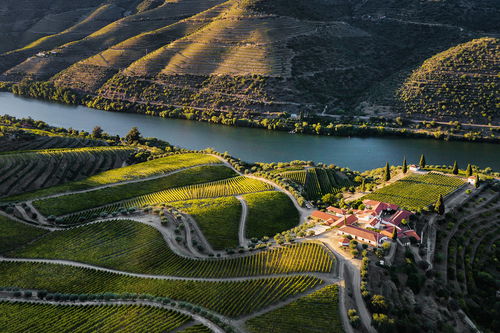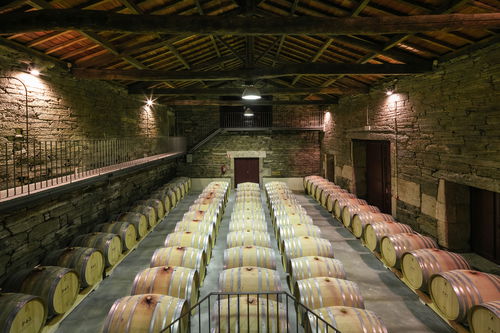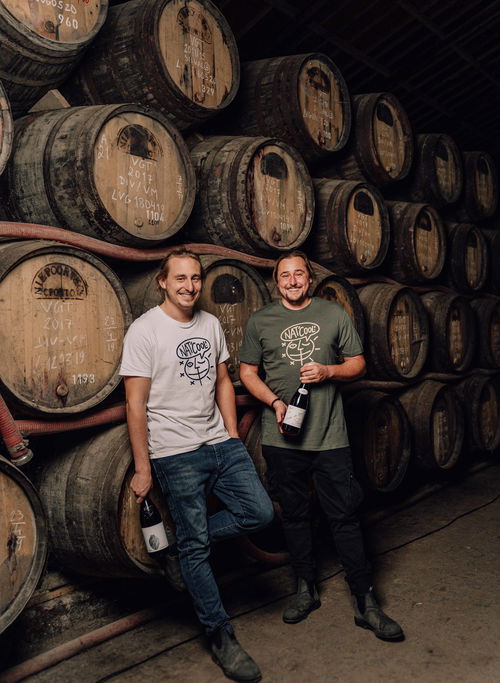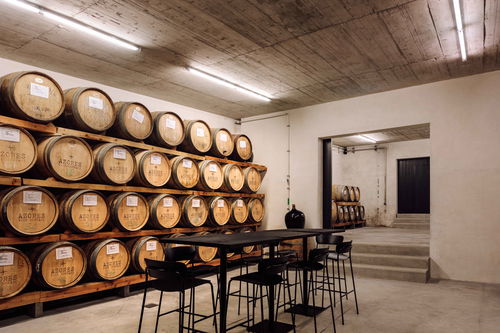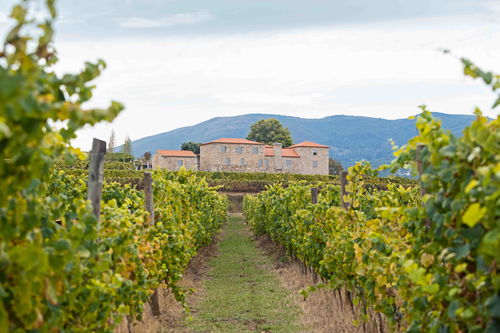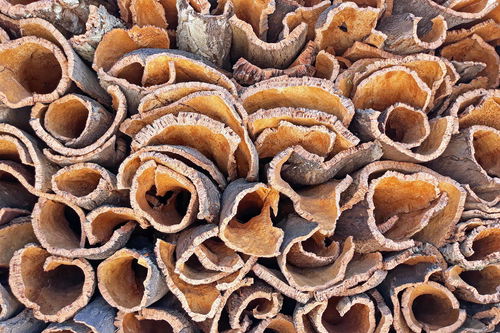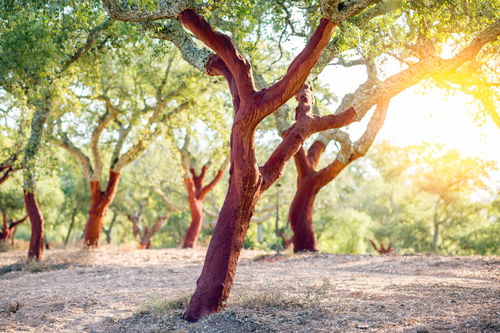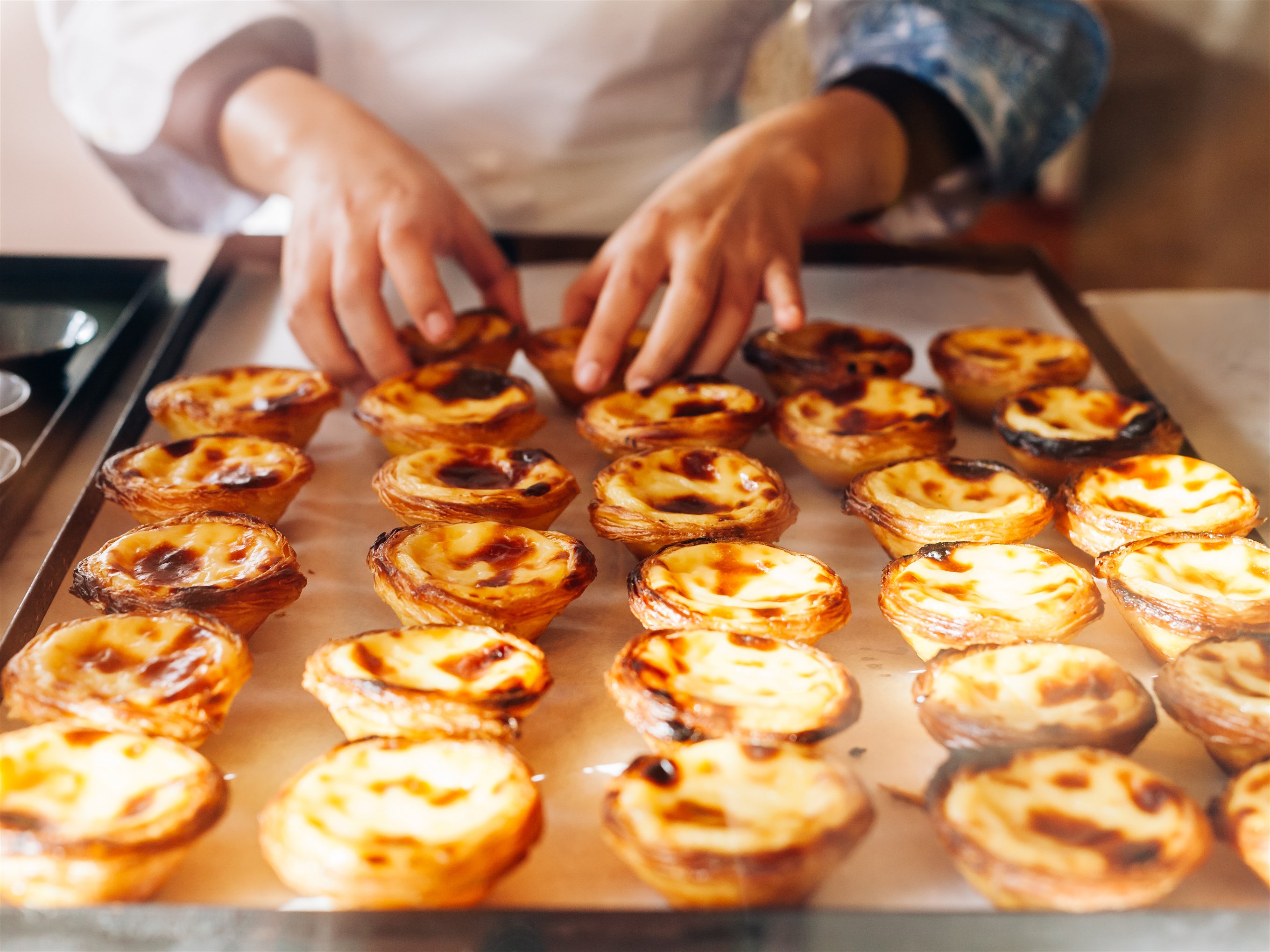Shooting stars: how Portugal's wines made it to the top
Portugal is arguably the most dynamic wine country in Europe. In just 50 years, it has evolved from a producer of simple, local wines to a formidable competitor among the world’s most renowned wine regions. This remarkable transformation is driven by the country’s rich array of indigenous grape varieties, time-honored, authentic winemaking traditions, and a new generation of innovative winemakers who are skillfully blending tradition with modern techniques.
On April 25, 1974, one of Portugal's darkest chapters came to an end. On this day in spring, the Movimento das Forças Armadas took to the streets of Lisbon to seize control of the city. The civilians followed, demonstrating peacefully, and within just 15 hours one of Europe's oldest dictatorships collapsed.
For almost half a century, the regime of dictator António de Oliveira Salazar had isolated the country on the western edge of our continent and impoverished the population. In the midst of the putschists, a waitress decided to decorate the military's rifles with red carnations and thus unwittingly gave the revolution its name: The Carnation Revolution was the starting signal for huge social and economic changes in the country. Within just 12 years Portugal became a member of the EU, which had an immense impact and not only on the local wine industry.
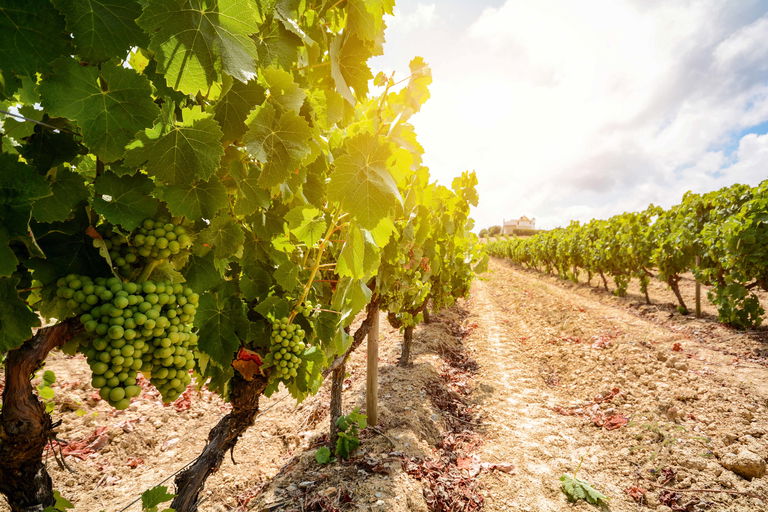
Export monopolies for large wineries dating back to the times of the Estado Novo dictatorship and the improved legal status of cooperatives came to an end, paving the way for private wineries or quintas, as they are known in Portugal. It is worth mentioning how drastic this step was for the country, as the Junta Nacional o Vinho, founded in 1937, had established over 100 winegrowers' cooperatives within 20 years, particularly in the north of Portugal. Interestingly, despite its self-imposed isolation during the dictatorship, the country produced two of the most commercially successful wines of their time: the slightly sparkling, semi-dry Mateus Rosé and Lancers Rosé.
In the course of the Portuguese wine revolution, pure grape suppliers who had sold their harvest to large wineries and cooperatives for decades became wine producers in many cases – supported and driven by EU subsidies and private investors who brought the latest cellar technology and know-how into the country. In the Alentejo region in particular, various wineries were established by investors from other sectors.
One famous example is the large-scale winery Esporão, owned by the former banker and sports entrepreneur José Roquette and his family. The company was made big by Australian winemaker David Baverstock, who now enjoys a kind of legendary status in the country. Entrepreneurship and creativity fell on fertile ground. Of course, all of this also had an impact on wine quality, and the often rustic, harsh or oxidized still wines from southern Portugal became more than drinkable growths.
The quality revolution can also be seen in the development of the Portuguese vineyard area: from the end of the 1980s to last year, this fell from an incredible 385,000 to 182,000 hectares. Despite this decline, Portugal's vineyard area is still larger than that of Germany, Austria and Switzerland combined, with the country's area being roughly equivalent to that of Austria. For explorers Portugal is undoubtedly one of the most fascinating wine countries. A unique microcosm that combines almost everything you can imagine.
The country's winemaking tradition dates back to 2000 BC, when the first vines are said to have been cultivated in the Tagus region by the Tartessians, the inhabitants of the ancient Iberian kingdom of Tartessos in present-day Andalusia. The Greeks and Romans also promoted viticulture in Portugal.
In the 19th century, wine culture flourished and, more than almost anywhere else, produced numerous wine writers who even then wrote differentiated analyses of the individual wine regions. Today, the country's eleven official wine regions, which stretch from the Algarve in the south to the Rio Minho on the Spanish border, offer a fascinating range of wines, and the 250 or so indigenous grape varieties cultivated in the country alone are unparalleled in the world. Many of them date back to the early Middle Ages or are even older. Time has enabled them to adapt perfectly to the respective terroir. However, in the course of climate change, Portugal's indigenous grape varieties, many of which tolerate heat and drought well, are also reaching their limits. In recent years, it has even been so hot in regions such as the Alentejo or Douro that winegrowers have had to record crop failures. A development that has been closely monitored by local producers for many years, including pioneering research into measures that can counteract this. These include the revival of some resistant grape varieties that are found in traditional Portuguese field blends.
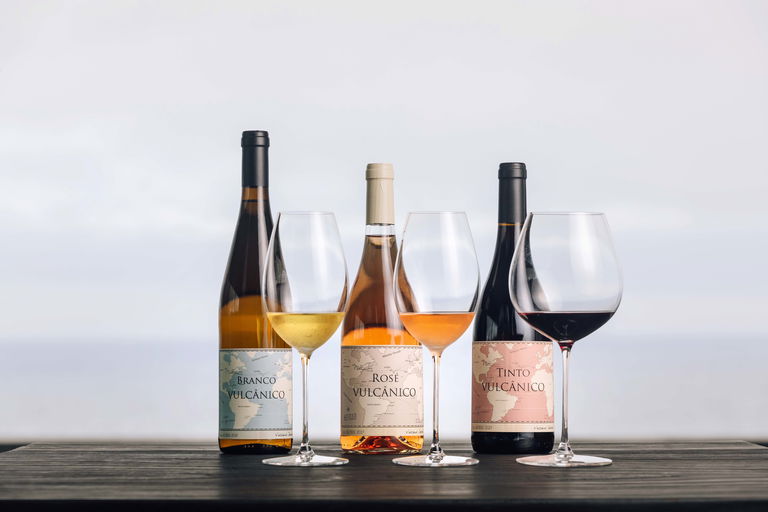
Autochthonous
Portugal's most important grape variety is Touriga Nacional, which is traditionally cultivated in the Douro Valley, among other places. It is one of the five leading grape varieties there, which were specifically selected from dozens of long-established grape varieties from the 1970s onwards and then cultivated on a large scale. These also include Tinta Roriz, as Tempranillo is known in Portugal, Tinta Cão, Tinta Francesa and Tinta Barroca. They were all primarily used for port wine production for a long time, until the 1990s, when some winegrowers remembered the past.
Before port wine production began in the 17th century. The region was known for its powerful red wines, which the British called Blackstrap. A group of young winegrowers formed around the visionary Dirk Niepoort, a descendant of the Porthaus of the same name, who aimed for nothing less than another revolution and re-established the Douro as a red wine region. Headwinds were inevitable. Niepoort's father, for example, described the first vintage of his red wine cuvée called Robustus as undrinkable. The red wines from the valley, which is characterised by slate soils and has been a UNESCO World Heritage Site since 2001, have long been considered by many wine lovers to be among the best that Europe has to offer. This is also demonstrated by projects involving renowned oenologists from abroad, such as the Prats & Symington joint venture launched in 1999 between the French oenologist Bruno Prats – once Cos d'Estournel – and the Symington port wine family. Portugal has long had much more to offer than strong red wines. Over the past 15 years in particular, more and more impressive white wines have come onto the market. These include those from the Vinho Verde region, whose wines were long considered simple and rustic. The typical grape varieties cultivated in the region, Arinto, Loureiro, Avesso and Alvarinho, which is also widespread in Spanish Galicia, produce extremely elegant, storable white wines on the local granite soils, driven by top producers such as Anselmo Mendes or Soalheiro.
In the Douro, some producers are bottling promising wines from the Visinho or Rabigato varieties, especially when they come from high-altitude and shady locations, which helps to maintain freshness. And then there is the Encruzado grape variety from the Dão, which can at its best compete with white Burgundies.
Surprisingly different
The cool red wines from the coastal region of Bairrada also show a surprisingly different side. Bairrada, and with it the Baga grape variety, enjoy cult status among wine connoisseurs worldwide. One of the most legendary Baga producers is undoubtedly Luis Pato, whose family has been making wine in the region since the 18th century. Pato was the first to bring out the elegant side of the rather rustic variety. His daughter Filipa Pato is doing the same today.
Dirk Niepoort, who can confidently be described as one of the most important driving forces in Portuguese viticulture, is also active in the region today and produces elegant wines at Quinta de Baixo. He is also active in the Dão region, Quinta la Lomba, Vinho Verde, Alentejo and the Azores. With the arrival of the young winemaker Luís Pedro Cândido da Silva and Daniel Niepoort, the youngest son of Dirk Niepoort, the wines have in recent years received a further significant boost in the direction of elegance; a development that can be observed throughout the country.
There is now a lively winegrowing scene that is committed to bringing the terroir into the bottle as unadulterated as possible. Tiago Teles from Bairrada is one of them, as is Pedro Marques from Vale de Capucha in Lisboa and Luis Seabra, who is also active in Douro. The still wines from the Portuguese islands are certainly among the discoveries of recent years: Azores and Madeira. The young, talented winemaker António Maçanita has made them famous to a large extent. Maçanita works in various wine regions in the Alentejo, the Douro, Madeira and also on the Azores. The delicate still wines from his Azores Wine Company and the Companhia de Vinhos Profetas e Villões on Madeira's neighbouring island of Porto Santo are some of the most exciting wines you can currently taste.
They embody everything that makes Portugal so exciting for wine lovers: almost forgotten grape varieties, ancient vines and passionate people who are committed to preserving these unique treasures. This incredible diversity is also due to the centuries-old isolation and backwardness of the country. Without this, this incredible treasure trove of grape varieties, terroirs and wine culture, which is so in tune with the times, would probably not have been preserved.
Portugal is a veritable cornucopia for explorers and it seems that this is now recognised around the world.
Don't miss out!
Sign up now for our newsletter.

